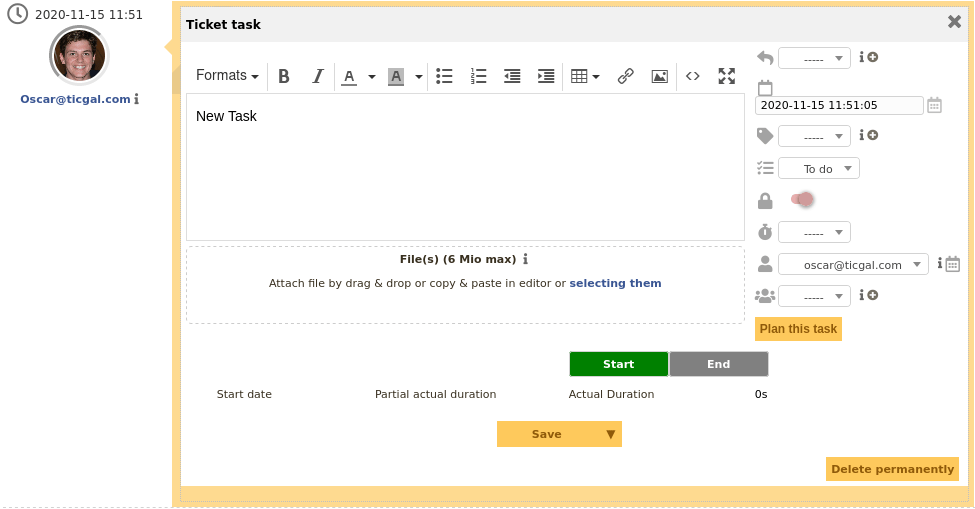Introduction
In today’s fast-paced business world, Enterprise Service Management (ESM) has become a game-changer for organisations looking to simplify internal processes and provide top-notch employee support. GLPI, a powerful open-source tool, is here to help you achieve this goal. This article will explore how GLPI makes ESM implementation across various business functions a breeze, focusing on the end-user experience and using real-life examples to show its effectiveness.
ESM Demystified
Think of Enterprise Service Management (ESM) as extending IT service management capabilities beyond tech services to tackle business-centric use cases. By managing service demand and supply through a shared platform, portal, and service catalogue, ESM boosts the visibility and accessibility of enterprise services, speeds up service delivery, and strengthens the core processes.
As modern technologies and software give us instant access and solutions in our everyday lives, employees now expect a similar experience at work. This expectation applies to interactions with IT and other service providers in a company, including departments like HR, Legal, Facilities, Education, Security, Sales, Marketing, R&D, and Finance. ESM is vital in driving organisational digital transformation by streamlining service management across these diverse areas.
GLPI: Your Go-To ESM Solution
GLPI is a comprehensive ITSM and Asset Management software perfect for ESM. Packed with features like asset tracking, incident management, and a robust knowledge base, GLPI covers all your service management needs.
Companies like us and many other clients rely on GLPI for various tasks, including Customer Relationship Management (CRM), People (HR), and Administrative-Accounting tasks, proving GLPI’s versatility as an ESM solution.
As an IT-related user, can you imagine Legal working on GLPI?
Example 1: Making HR Processes a Breeze
GLPI works wonders for managing HR processes, such as onboarding new employees. By creating custom onboarding workflows, GLPI allows organisations to automate and track the progress of new hires as they complete various onboarding tasks. This ensures a smooth and efficient onboarding experience, lightens the load for HR staff, and helps new employees hit the ground running.
Example 2: Turbocharging CRM and Administrative-Accounting Functions
GLPI can also enhance ESM for CRM and administrative or accounting tasks. By integrating GLPI with your existing CRM or accounting software, you can create a ticketing system that tracks customer interactions and delegates them to the right personnel for follow-up. This streamlines customer relationships and accounting management, boosting cash flow and ensuring timely collections.
Conclusion
To wrap things up, GLPI is a powerful and cost-effective tool for implementing Enterprise Service Management in your organisation. By automating processes and providing a unified platform for managing non-IT aspects like HR onboarding and CRM, GLPI helps you deliver top-notch support to your employees and drive business success.
Go ahead and give it a try. Should you need help, don’t hesitate to contact us, and we’ll help you achieve your goals by implementing ESM in your organisation.













Leave a Reply